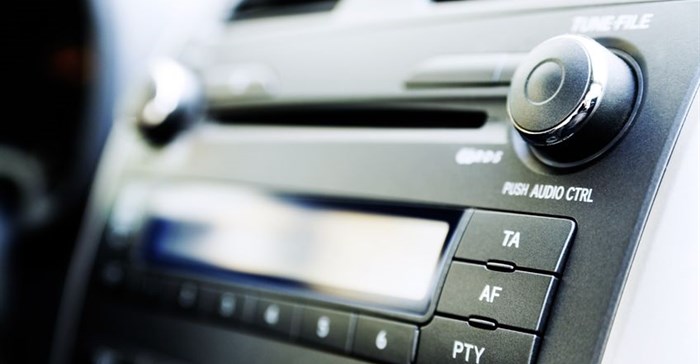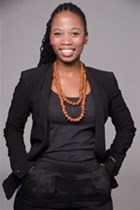It is Thursday afternoon, the first day of playing 90% local music on 18 of SABC's radio stations. I'm driving home and listening to Metro FM, South Africa's second largest radio station of 6.8 million - based on the weekly listenership - which follows Ukhozi FM at 7.5 million. This time of the day is classified by most radio stations as "the drive time" - in other words, peak time.
A tune by Steve Kekana, Take your Love, breaks down, I could not remember the artist, so I use Shazam – I’m excited – I start singing along because I haven’t heard this song in a very long time. I switch stations to Radio2000, there Brenda Fassie is singing “Vuli Ndlela”, and I start humming away. My first instinct is to check what is trending on Twitter and to see the reaction of the MetroFM community. Well, everyone seems to be happy on the very first day.
The morning of the very same day, Don Laka is over the moon about the decision made by the SABC’s Motsoeneng on SAFM and he generally sees this as a victory. “Freedom at last for our artists. 90% South African music across all SABC radio stations from tomorrow. Thanks, Hlaudi,” shared on his Facebook the day before.
Hang on, something is not right. Two of my favourite radio stations are now exactly the same. "The SABC has 18 radio stations and all 18 will be required to keep to the new quota policy. No station will be exempt from it‚" SABC spokesperson Kaizer Kganyago. According to a report by the City Press, Motsoeneng said “there is no three months”, referring to reports about the quota.
So…What does this really mean for advertisers? We know what it means for SA artists and listeners for now.
1. What is the differentiating factor between SA radio stations?
Definitely not the type of music they play, perhaps content and engaging presenters. Listenership figures of SABC’s radio stations will naturally decrease or shift as this changes the scope of the target audience, therefore an in-depth market research and market analysis will have to be conducted. Loyalty of listeners will have to come into play when market research is conducted. This will pause a challenge to media planners as they will find it hard to find an optimal radio platform, at least of the 18.
2. Advertising budget will have to be spread out for maximum reach
This decision presents an opportunity for other mediums such as digital platforms like Youtube to flourish; or at least increase traffic. Some consumers will turn to platforms like this which will offer a variety of international music. Radio stations that are free to play what the listeners want are most likely to gain new listeners, therefore increased revenue.
3. Possibility of a fluctuating listenership figures
In order for media planners to make the right decisions with regards to placement, they will have to get figures from their trusted sources more frequently. Through this and the fact that there is now a small differentiating factor, the radio stations will be more competitive.
4. Less room for international campaigns
It will become a challenge for these commercial stations to collaborate and promote international acts that are wanting to perform in SA, as the promo schedule might not be in line with the new quota.
An option would have been to make one of the national radio stations 100% local instead of all stations.
Suppose now we wait for the television quota.





































